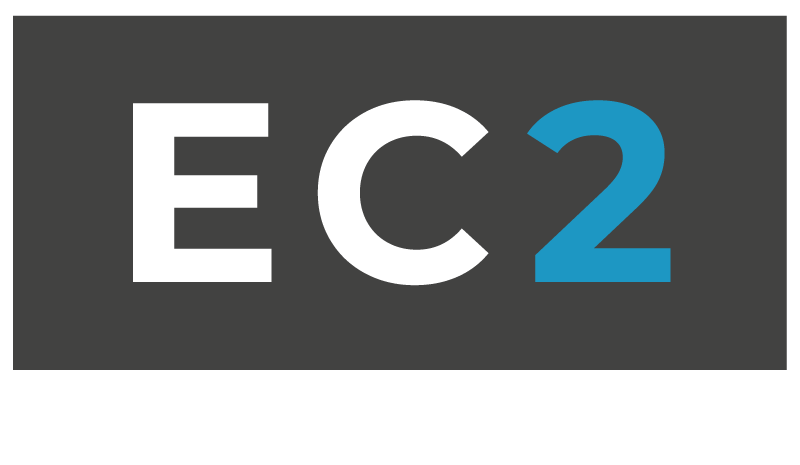The proposed imposition of 25% tariffs on Canadian goods by the U.S. administration is creating a new dynamic in the mergers and acquisitions market. According to a KPMG study, these trade tensions complicate decision-making, which could slow down transactions in the first half of 2025. However, structural changes in trade (such as renegotiation of free trade agreements) could, in the long term, favor cross-border transactions.
Which sectors are favored or affected?
The impact varies by industry:
- Resilient and promising sectors: Service companies seem less affected by these disruptions. Their low exposure to cross-border trade and their ability to quickly adjust their business models allow them to maintain a stable volume of acquisitions. Companies active in the defense supply chains, such as aerospace, drone manufacturing, or cybersecurity, could also be favored due to the increase in military investments in Canada.
- Sectors under pressure: Manufacturing companies, particularly those dependent on exports to the United States, are the most exposed. The increase in import costs and regulatory uncertainty push buyers to reassess their profitability analyses.
However, in this transformative context, new strategic perspectives are emerging. Some Canadian companies might decide to acquire assets in the United States to bypass tariff barriers and maintain their access to the U.S. market, resulting in an increase in transaction volume.
What strategies to adopt?
To maximize your chances of success in this new context, several key actions are necessary:
- Assess the risks related to tariffs
A thorough analysis of your company’s exposure to trade restrictions is essential. It is important to identify potential impacts on profitability, supply chain, and operating costs before engaging in a transaction.
- Adopt a flexible approach in transaction structuring
In a changing context, it may be wise to include price adjustment clauses, such as the earn-out clause, which conditions part of the purchase price on the future performance of the company.
Another option to help you as a buyer maintain flexibility is to include payment flexibilities, especially for the first few years following the transaction. For example, a subordinated debt with a capital moratorium can be considered to ease immediate financial pressure and ensure smoother cash flow management. This way, you retain the ability to reinvest funds in the company in case of unforeseen events or to invest in sales growth.
- Diversify markets and supply sources
Companies heavily dependent on trade with the United States should consider exploring other markets or rethinking their supply chain to reduce their exposure to regulatory uncertainties.
- Strengthen due diligence
The current economic instability requires a more rigorous evaluation of acquisition targets. Thorough due diligence, including cost and revenue evolution scenarios, helps minimize risks and ensure transaction viability
- Seek expert advice
In a rapidly changing market, surrounding yourself with specialists helps anticipate obstacles and structure transactions optimally. Strategic support facilitates the identification of opportunities and the securing of investments.
Are you considering a transaction in 2025? Our team of experts at EC2 is ready to help you structure your projects considering the new market realities.
Contact us to discuss.






